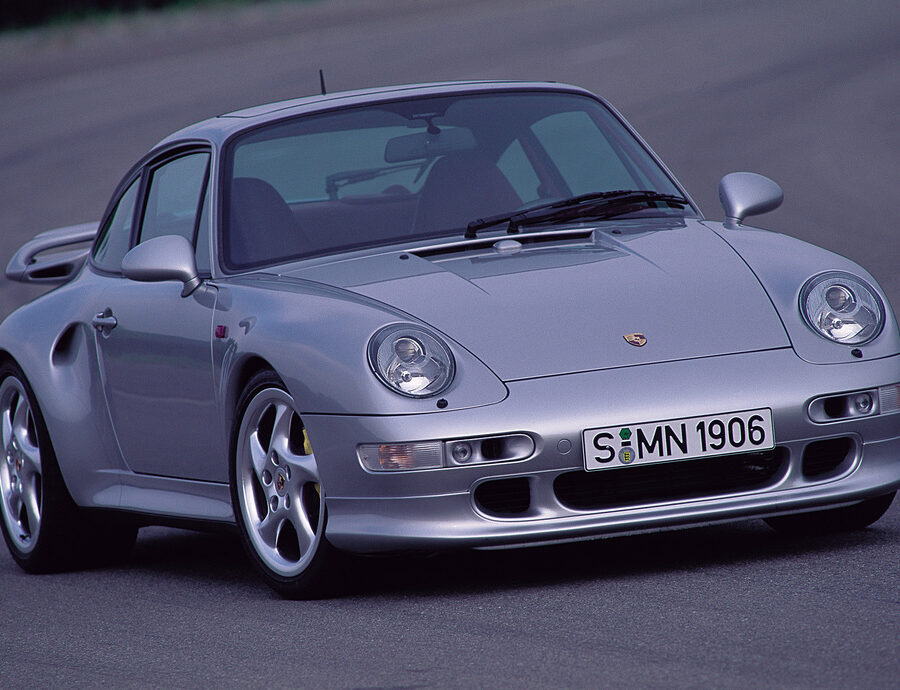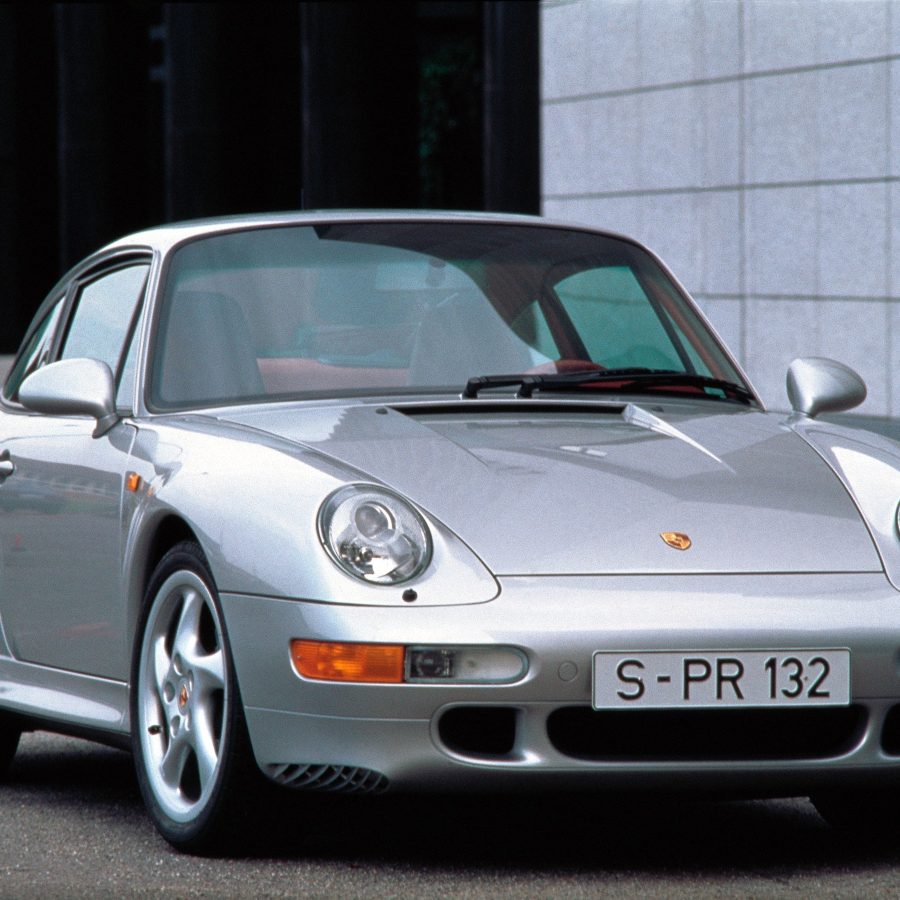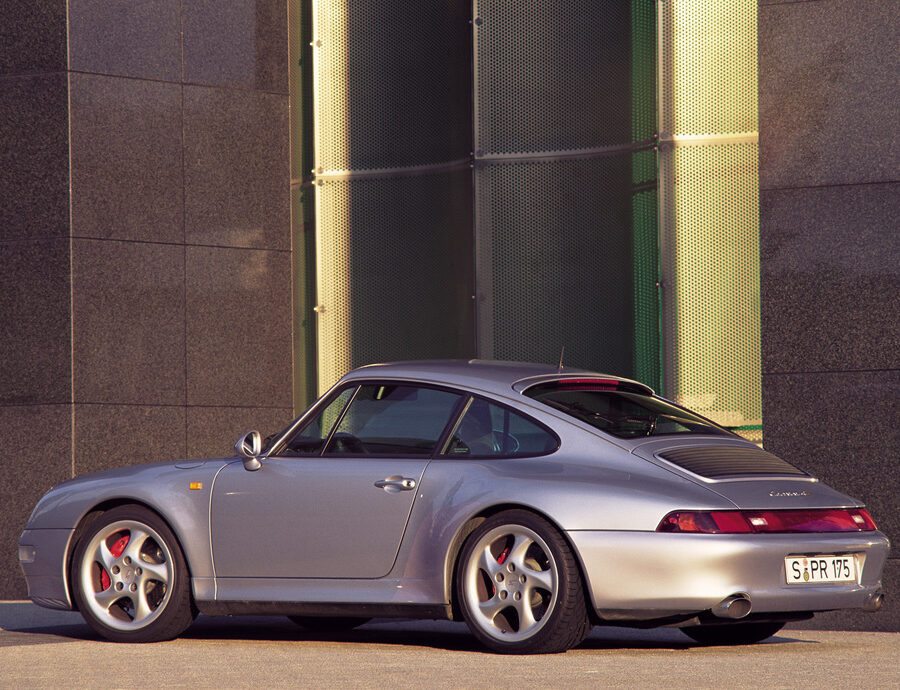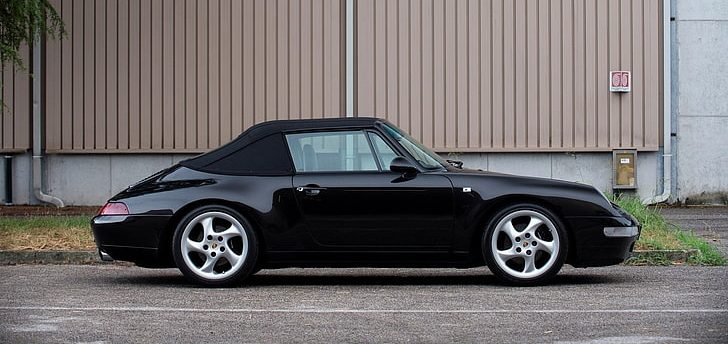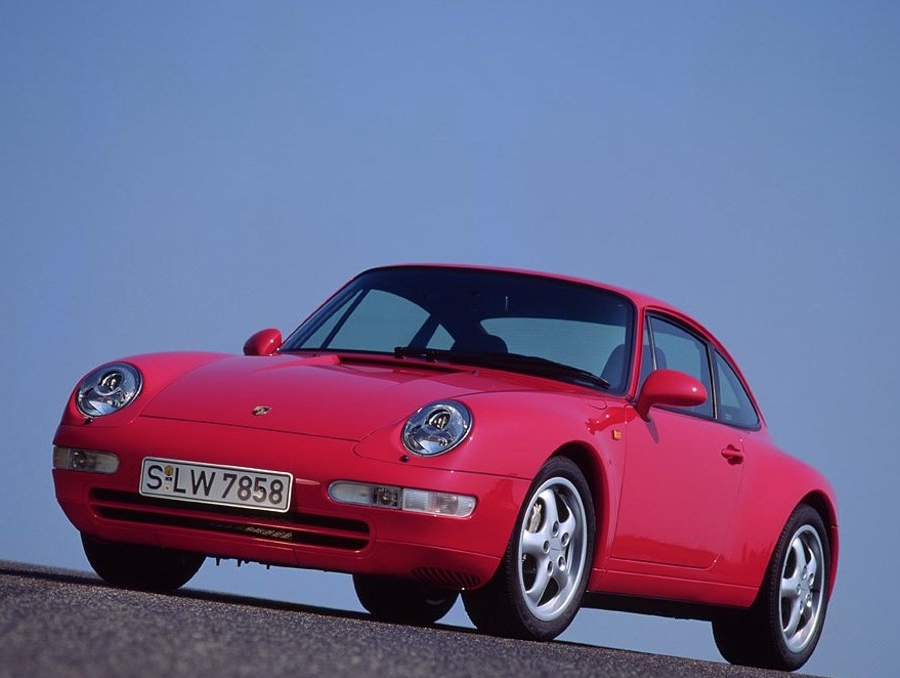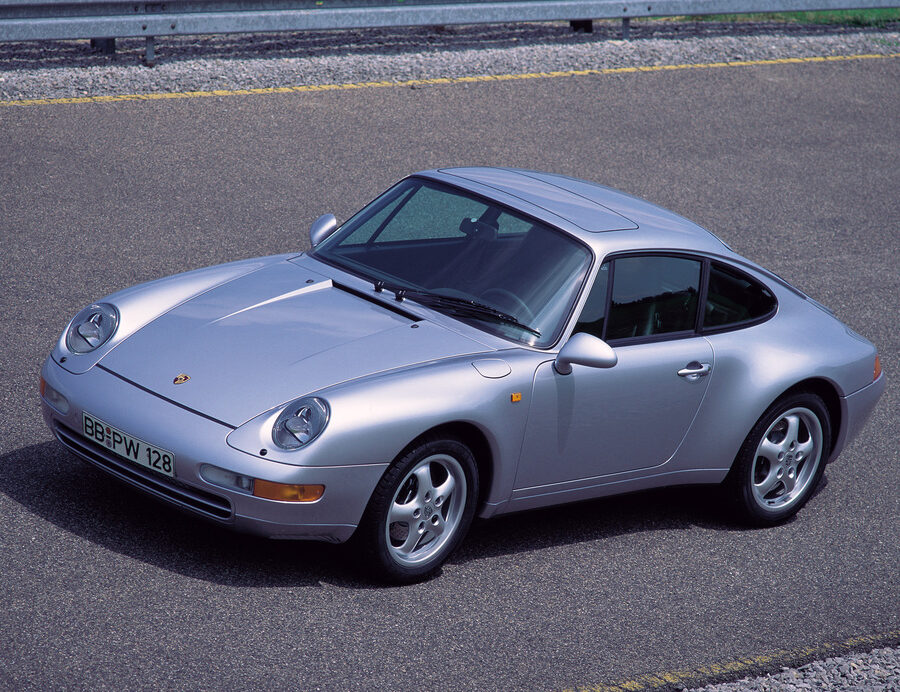Porsche 911 Turbo (993) (1995 – 1998)
The Turbo is the most accomplished air cooled 911 Turbo of them all. This was the first all-wheel-drive 911 Turbo and the last of the aircooled 911s.
Porsche 911 Carrera S (993) (1997 – 1998)
The Carrera S took the same mechanicals of the 993 Carrera and put them in the wide body of the Turbo.
Porsche 911 Targa (993) (1996 – 1998)
In 1996 Porsche expanded their 911 range by offering a new take on the classic Targa.
Porsche 911 Carrera 4S (993) (1996 – 1998)
In 1995 Porsche introduced the larger Turbo bodywork on the Carrera 4 and called it the Carrera 4S.
Porsche 911 Carrera 4 Cabriolet (993) (1995 – 1997)
Porsche heavily revised their four-wheel drive system to distribute power to the front and rear wheels.
Porsche 911 Carrera 4 (993) (1995 – 1997)
Porsche heavily revised their four-wheel drive system to distribute power to the front and rear wheels.


